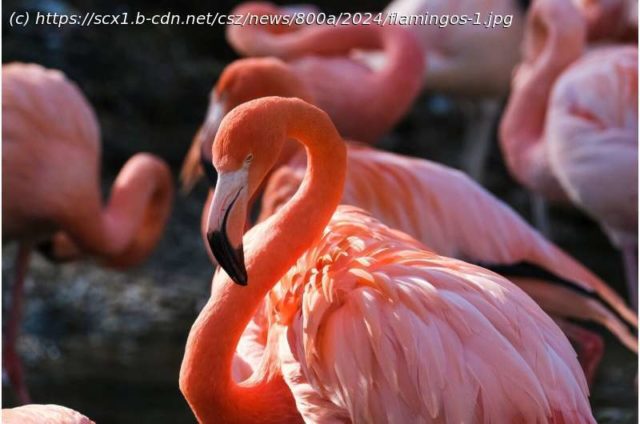Huge pink flocks of millions of flamingos—flamboyances of flamingos—are one of nature’s great spectacles. But colleagues and I have uncovered worrying trends in the salty and highly-alkaline «soda lakes» of east Africa where most of these birds live.
Huge pink flocks of millions of flamingos—flamboyances of flamingos—are one of nature’s great spectacles. But colleagues and I have uncovered worrying trends in the salty and highly-alkaline «soda lakes» of east Africa where most of these birds live.
Lesser flamingos are the most numerous of the six species of flamingo found across the world, and more than three quarters are found in the soda lakes of Kenya, Tanzania and Ethiopia. Despite their numbers, with estimates ranging between 2 million and 3 million birds, the species is in decline and officially classified as «near threatened.»
The causes of the population decline have been difficult to identify due to the remoteness of many soda lakes and the nomadic nature of the birds. They often fly at night between the soda lakes in search of new feeding sites, in response to the boom and bust nature of the cyanobacteria they feed on, commonly known as blue-green algae.
However, rising water levels at many of the feeding lakes are decimating the cyanobacteria the birds have evolved to eat. In research now published in the journal Current Biology, my colleagues and I found that only half of the lakes that provided high-quality feeding habitat in 2000 were still suitable feeding lakes in 2022.
Lesser flamingos feed by turning their heads upside down, pumping water through fine hair-like structures called lamellae in their beaks and catching only cyanobacteria of a certain size. This highly specialized tactic means the birds are heavily dependent on certain cyanobacteria species such as spirulina.
Домой
United States
USA — IT East Africa's 'soda lakes' are rising, threatening their iconic flamingos






